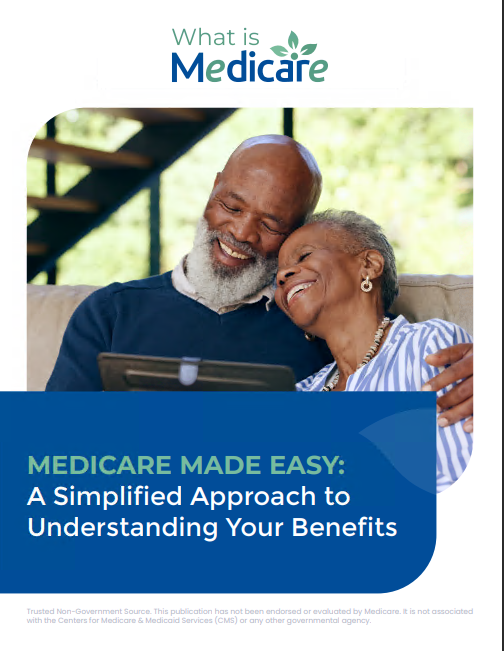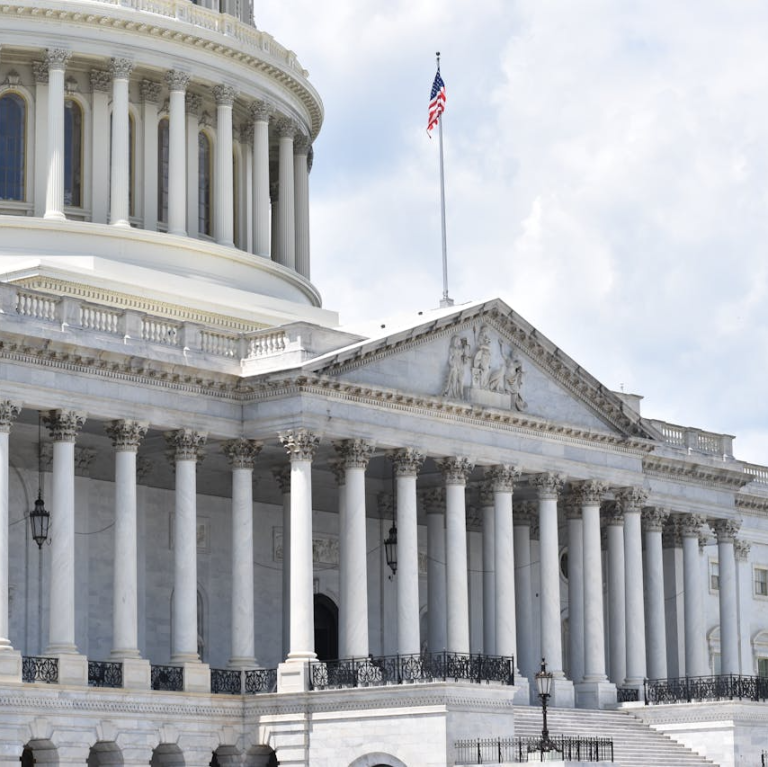Introduction
Choosing the right healthcare coverage is crucial for USPS professionals and retirees. Two primary options available are the Postal Service Health Benefits (PSHB) Program and the Federal Employees Health Benefits (FEHB) Program. Understanding the differences between these programs is essential for making informed decisions about healthcare coverage.
Overview of PSHB and FEHB
The PSHB Program is a specialized healthcare program established to mirror the FEHB program, designed explicitly for USPS professionals and retirees. It offers tailored coverage options and integrates with Medicare to provide comprehensive healthcare benefits.
In contrast, the FEHB Program is available to all federal employees, including USPS employees, and offers a wide range of healthcare plans from various providers. While both programs offer comprehensive coverage, there are distinct differences in eligibility, enrollment, and coverage options.
Eligibility and Enrollment
Eligibility for the PSHB Program is based on specific criteria established by the USPS and the Office of Personnel Management (OPM). USPS employees and annuitants must meet these criteria to qualify for coverage. The enrollment process typically occurs during the annual open season, allowing individuals to select their preferred health insurance plans for the upcoming year.
Enrollment in the PSHB Program requires the selection of a health insurance plan during the open season period from November 11, 2024, to December 9, 2024. Failure to actively choose a PSHB plan will result in automatic enrollment in a comparable plan. Details regarding PSHB plan options and premiums will be available in fall 2024, with enrollment instructions provided closer to the open season.
While employment with the Postal Service does not mandate Medicare enrollment, certain employees must enroll in Medicare Part B to retain PSHB coverage after retirement. An annuitant before January 1, 2025, or an active employee aged 64 or older on that date, is exempt from this requirement. However, active employees under 64 as of January 1, 2025, and those retiring after that date and under 64, are generally required to enroll in Medicare Part B upon retirement and Medicare Part A eligibility. Exceptions to this requirement are outlined below.
The Social Security Administration (SSA) will notify individuals of their eligibility for Medicare Part B enrollment during their initial enrollment period. Exceptions to the Medicare Part B enrollment mandate include residency outside the United States or its territories, enrollment in Department of Veterans Affairs healthcare benefits, or eligibility for Indian Health Service healthcare services. Annuitants must provide evidence of eligibility for these exceptions to the relevant agency.
Similarly, eligibility for the FEHB Program is open to all federal employees, including USPS employees, and their eligible family members. Enrollment in FEHB plans also occurs during the annual open season, with opportunities for special enrollment periods for individuals experiencing qualifying life events.
Coverage Options
Both the PSHB and FEHB Programs offer a range of coverage options, including individual, self plus one, and family plans. These plans provide comprehensive coverage for medical services, prescription drugs, preventive care, and other essential healthcare needs. However, there may be differences in plan availability, cost-sharing requirements, and supplemental benefits between the two programs.
Medicare Integration
One key difference between the PSHB and FEHB Programs is their integration with Medicare. The PSHB Program requires eligible annuitants to enroll in Medicare Part B to continue their coverage, whereas FEHB plans may offer Medicare coordination but do not require enrollment in Medicare Part B. This integration with Medicare in the PSHB Program may lead to potential cost savings and enhanced healthcare access for annuitants.
Advantages and Considerations
Each program has its advantages and considerations to consider. The PSHB Program offers tailored coverage options and integrates with Medicare, providing comprehensive healthcare benefits for USPS professionals and retirees. On the other hand, the FEHB Program offers a wide range of plan options from various providers, allowing individuals to select plans that best meet their needs and preferences.
Conclusion
Understanding the differences between the Postal Service Health Benefits (PSHB) Program and the Federal Employees Health Benefits (FEHB) Program is essential for USPS professionals and retirees. By comparing eligibility, enrollment, coverage options, and Medicare integration, individuals can make informed decisions about their healthcare coverage to ensure access to quality care and financial stability.
Ready to explore your healthcare coverage options further? Download our comprehensive eBook. Alternatively, connect with our Licensed Insurance Agents listed on our website for personalized guidance tailored to your needs. Make informed decisions about your healthcare coverage today!
Contact Information:
Email: [email protected]
Phone: 8175553456









